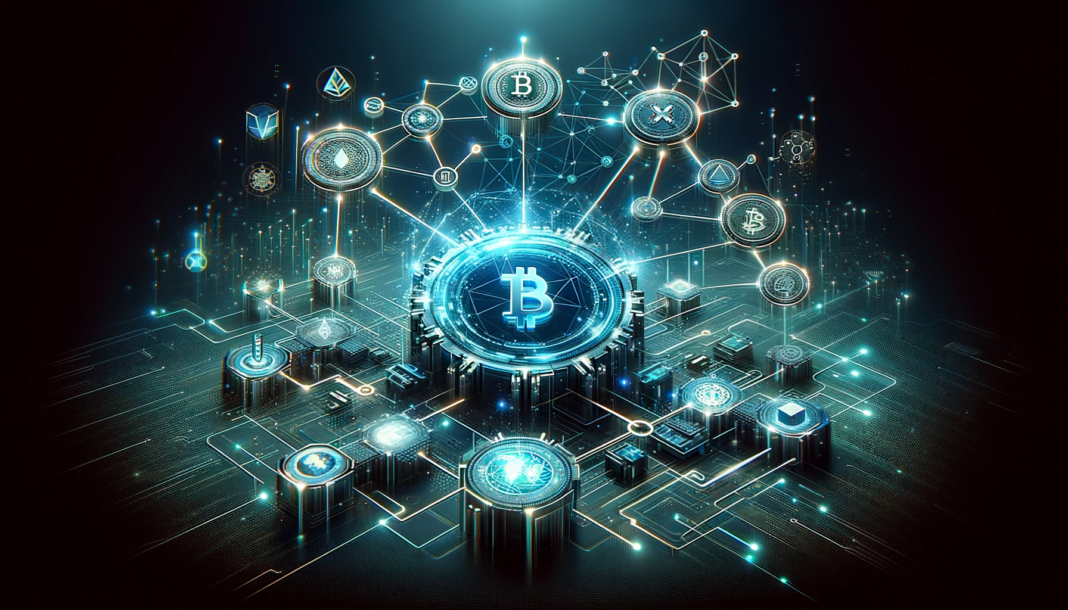The art world is undergoing a digital revolution, and blockchain technology is at its forefront. Blockchain’s impact on art primarily revolves around two key concepts: provenance and tokenization. These aspects are fundamentally altering how art is authenticated, owned, and traded, marking a new era in the art industry.
Provenance, or the history of ownership of an artwork, has always been a cornerstone of its value and authenticity. Traditional methods of tracking provenance have been susceptible to errors and fraud. Blockchain technology offers a solution by providing a tamper-proof, transparent ledger for recording the history of each artwork. This digital ledger can record every transaction associated with an artwork, from its creation to its current ownership, ensuring the integrity and authenticity of its provenance.
Tokenization involves converting physical art into digital tokens, often as Non-Fungible Tokens (NFTs). These digital representations can be bought, sold, and traded, representing ownership or partial ownership of the physical artwork. Tokenization democratizes art ownership, allowing more people to invest in art by purchasing fractions of high-value artworks, previously accessible only to a select few.
Benefits of Blockchain in Art
Increased Transparency and Trust: Blockchain’s immutable ledger ensures the authenticity and history of artworks are accessible and verifiable by anyone, fostering trust in the art market.
Improved Accessibility and Liquidity: Tokenization makes it easier for artists to monetize their work and for collectors to invest in art, enhancing liquidity in the art market.
Royalty Management: Smart contracts on blockchain platforms can automate royalty payments to artists whenever their work is resold, ensuring fair compensation.
Several galleries and auction houses have started using blockchain to record the provenance of artworks. Platforms like OpenSea and Rarible have popularized the trading of art NFTs. However, challenges such as understanding the value of digital art, the environmental impact of blockchain technology, and regulatory concerns remain.
Looking ahead, blockchain technology could become a standard in the art world for provenance tracking and artwork tokenization. As the technology evolves, we may see more innovative uses, like interactive art experiences and new forms of artistic expression.
Blockchain’s integration into the art world is not just a technological advancement but a cultural shift. It is redefining the concepts of art ownership, authenticity, and value, opening up new opportunities for artists and collectors alike.




